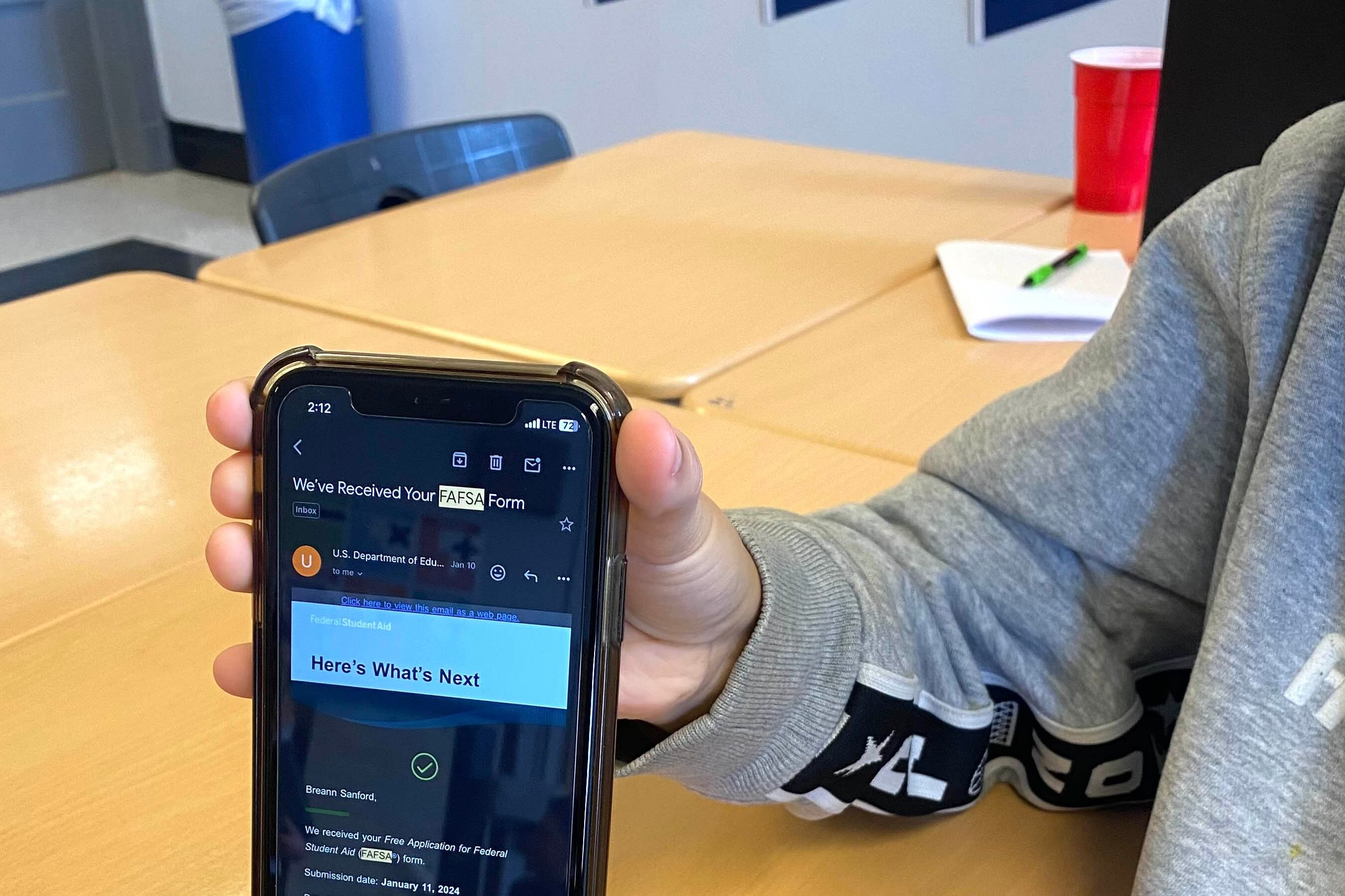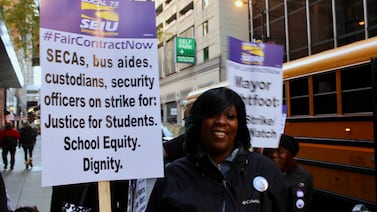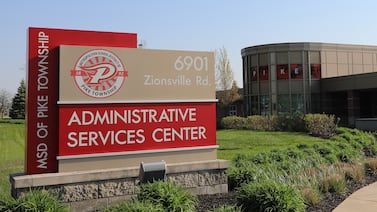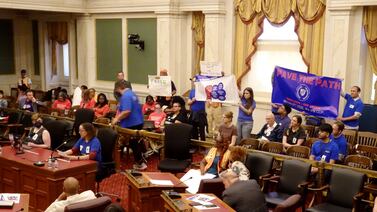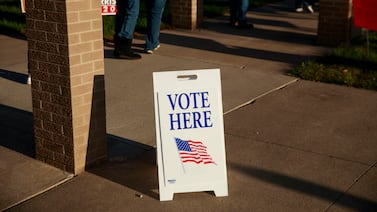Sign up for Chalkbeat’s free weekly newsletter to keep up with how education is changing across the U.S.
Update as of Feb. 21: There are now two workarounds for the Social Security number problem, one a paper form and the other online. Federal officials promise a permanent fix is coming in March.
Like many high school seniors, 18-year-old Jocelyn is trying to get through her college application to-do list.
She’s applied to 10 colleges so far. Northeastern University in Chicago and the University of Illinois at Chicago are her top picks. She’d like to study veterinary medicine and work with animals like her two cats, Strawberry and Copito.
With the help of her sibling, Jocelyn completed her portion of the federal application for financial aid in around an hour. But now she’s stuck. That’s because her mom doesn’t have a Social Security number, so she hasn’t been able to add her financial information.
The new Free Application for Federal Student Aid that debuted last month was supposed to be easier for students and families to complete. And in many ways it is: It’s shorter, and it pulls tax information directly from the IRS instead of asking families to enter it themselves. The goal is to get more students to apply for aid and attend college.
But the form was released months later than usual, leaving students much less time to complete it and schools scrambling to offer help. On top of that, many families have experienced glitches. One of the biggest issues is that parents who don’t have a Social Security number can’t enter their information right now, and workarounds from prior years are gone. Potentially tens of thousands of U.S. citizen students and others with legal status — who are eligible for federal financial aid regardless of their parents’ immigration status — could be affected.
Federal officials say a fix is on the way, but can’t say when. Education advocates say there needs to be a stronger sense of urgency to resolve the issue, as some colleges award aid on a first-come, first-served basis.
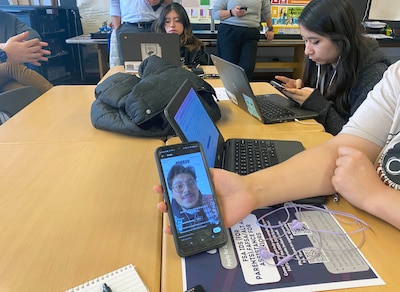
“We need to be working around the clock,” said Amalia Chamorro, who directs the education policy project for UnidosUS, a civil rights group that advocates to improve educational opportunities for Latino students. “We do worry that this is just another hurdle, another barrier, another way that they’re getting the message that they don’t matter, that they’re not as deserving of pursuing post-secondary education. That’s not the message that we want them to get.”
Jocelyn, whose last name Chalkbeat is withholding so as not to jeopardize her mother’s immigration status, is feeling stressed. But she’s trying to stay optimistic that she’ll be able to check this off her list soon, too.
“I didn’t want to turn in the FAFSA form late, and now I’m going to have to wait,” she said. “I know that my other friends have turned it in already, and I feel like I’m a little behind.”
Why some students are getting stuck on new FAFSA
Jocelyn isn’t the only one of her classmates having trouble.
On a visit in mid-January to Kelvyn Park High School in Chicago, just two of the 15 students in her class that helps students prepare for and apply to college had managed to complete the FAFSA. The high school serves predominantly Latino students from low-income families, many of whom will be the first in their family to attend college.
Some students got tripped up trying to add their parents as “contributors” to the FAFSA, a new step that requires them to sign up for an account and verify their identity. In the past, students could more easily fill out their parent’s portion for them.
That has presented challenges especially for families who are unfamiliar with the financial aid process, who have language barriers, or who worry about sharing personal information with the federal government.
When students are the first in their family to attend college, or there are immigration concerns, “You’re going to have a lot of paranoia, you’re going to have a lot of anxieties around it,” said Josh Kumm, who teaches Jocelyn’s class in partnership with OneGoal, a nonprofit college access organization that works in over 30 high schools in Chicago.
Eighteen-year-old Breann Sanford was one of the lucky ones who got through.
It helped that her mom was familiar with the FAFSA — she filled one out when she took a few college classes — and Sanford’s college and career coach knew just what to do when Sanford accidentally entered her email instead of her mom’s in one instance.
“It was a big help,” she said. “I knew I had a lot of different support options that I could go to if I needed help.”

Others are struggling for other reasons. During the recent visit, 18-year-old Ángel Serrano said he was still trying to tell his mom that he’s applying to college and needs her help with the financial aid form. His window to do that is on Wednesdays — the only day she’s not exhausted or working, Serrano said.
Another student in the class needs financial information from his mom, but they’re no longer living together or on speaking terms.
“You’ve got all these other things going on,” Kumm said. “It’s not just socioeconomic, it’s also the social-emotional parts of the family dynamics … That’s complicated.”
One-on-one help is key, but some FAFSA issues need federal fix
One-on-one support has been crucial for students to navigate FAFSA hiccups, though school counselors and college coaches have been swamped with requests for help. Sometimes the fix is to sit on hold with the U.S. Department of Education for hours — a step that’s impossible for many working parents.
Elve Mitchell, the senior director of program operations for College Possible in Chicago, a college access organization that works with a half-dozen high schools in the city, said one big thing his organization’s coaches are working on is making sure students and parents know the right questions to ask when they finally do get through to a live person on the department’s helpline.
Another way school staff and coaches are trying to help is by finding other ways students can work on their applications, such as fine-tuning a personal essay or using a federal student aid estimator to do some rough comparisons of college costs.
But for students whose parents do not have Social Security numbers, there isn’t much a school counselor can do right now.
When Jocelyn met with her school’s college and career coach this week, the advice was to sit tight, keep checking the federal government’s website, and wait for “the green light on what to do.”
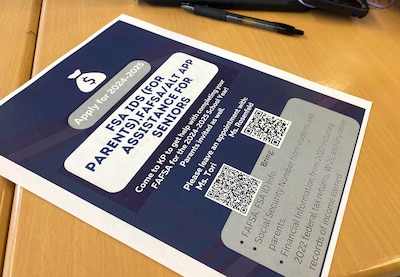
In the past, parents without a Social Security number could enter all zeros and sign a paper form.
The education department set up a new process for these parents to verify their identity through a credit agency, but educators say it’s not working consistently. Parents have had to call the federal helpline, open a case, and then share documents that prove their identity.
“For someone who’s undocumented, it’s very scary to give the federal government any documentation,” said Tony Petraitis, a college and career curriculum specialist for Chicago Public Schools, who’s been assembling how-to guides with screenshots to support school counselors. “For one of our most vulnerable populations, it’s a pretty big deal.”
Even if the credit agency produces a correct match, these parents still can’t share additional information on the FAFSA until the federal government comes up with a fix.
Chamorro, of UnidosUS, hopes the added delays and frustrations don’t deter students from applying to college.
“We don’t want them to give up,” she said.
Kalyn Belsha is a senior national education reporter based in Chicago. Contact her at kbelsha@chalkbeat.org.


